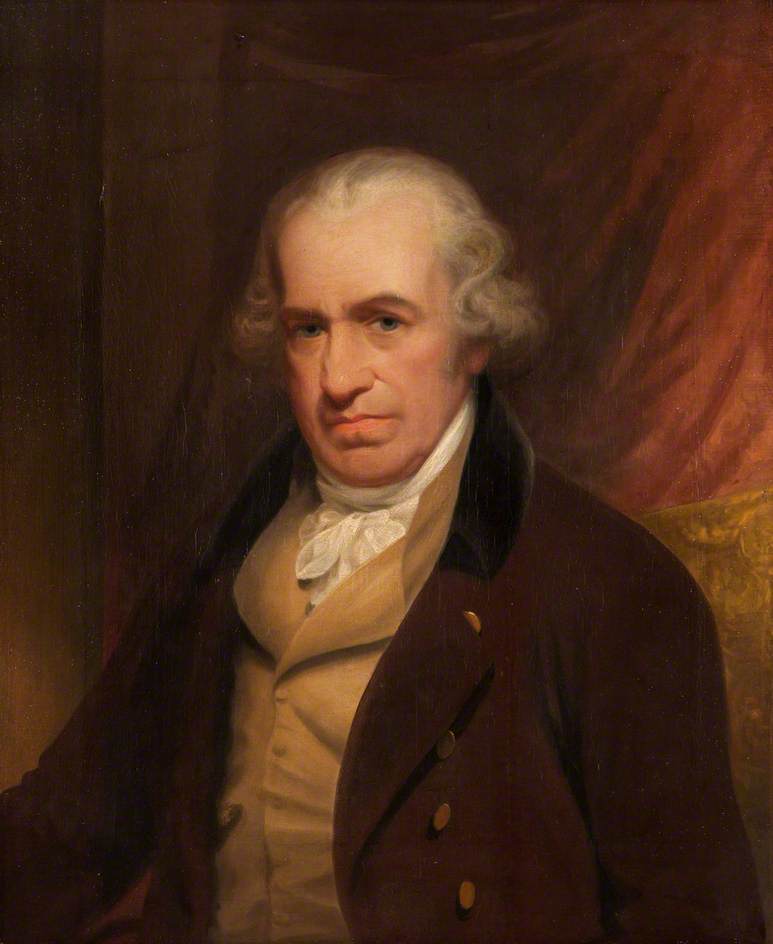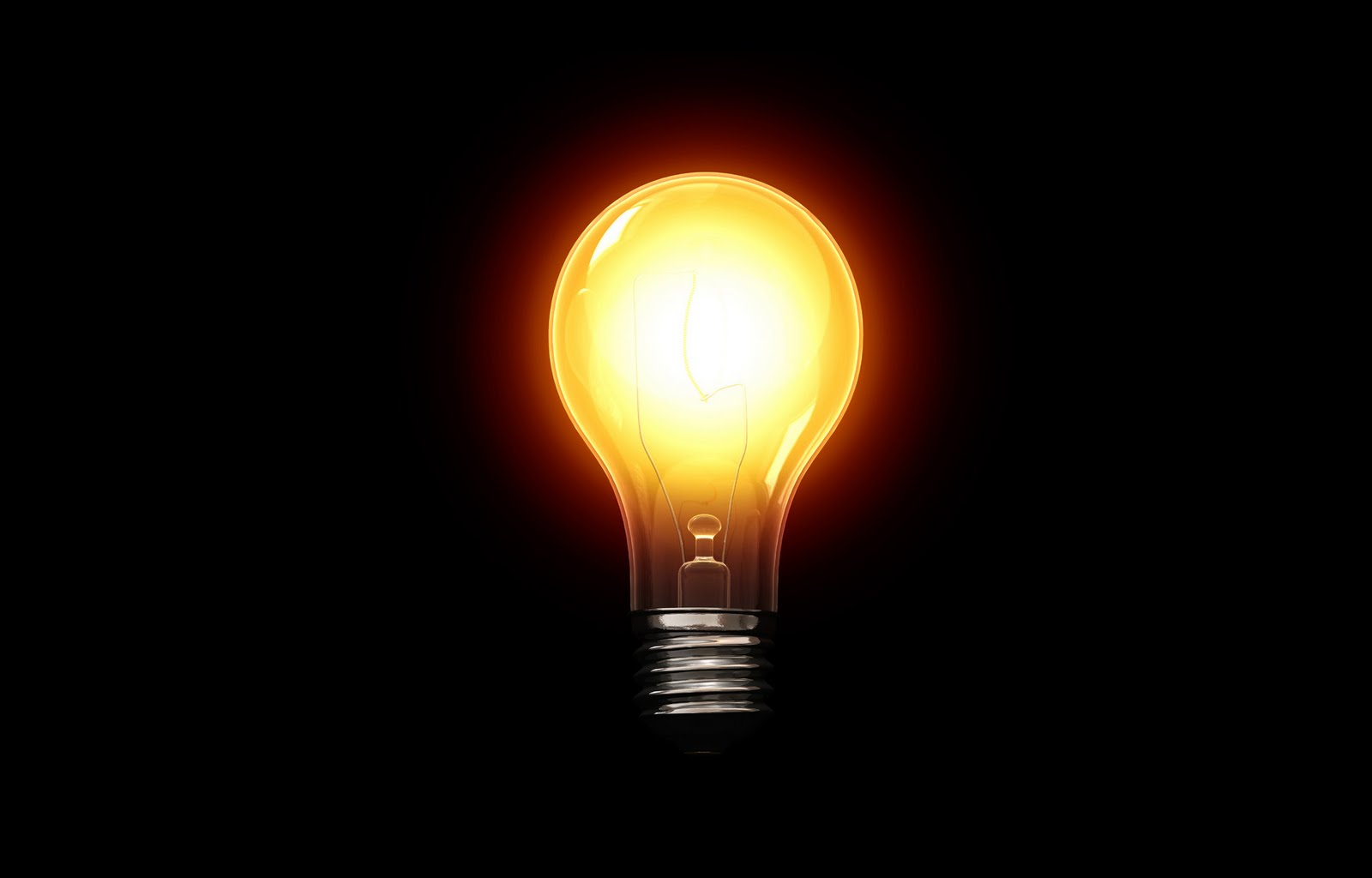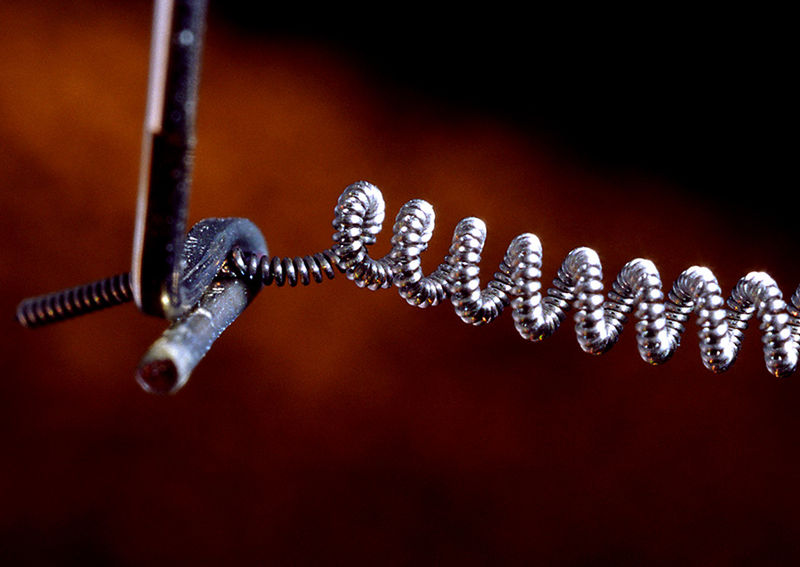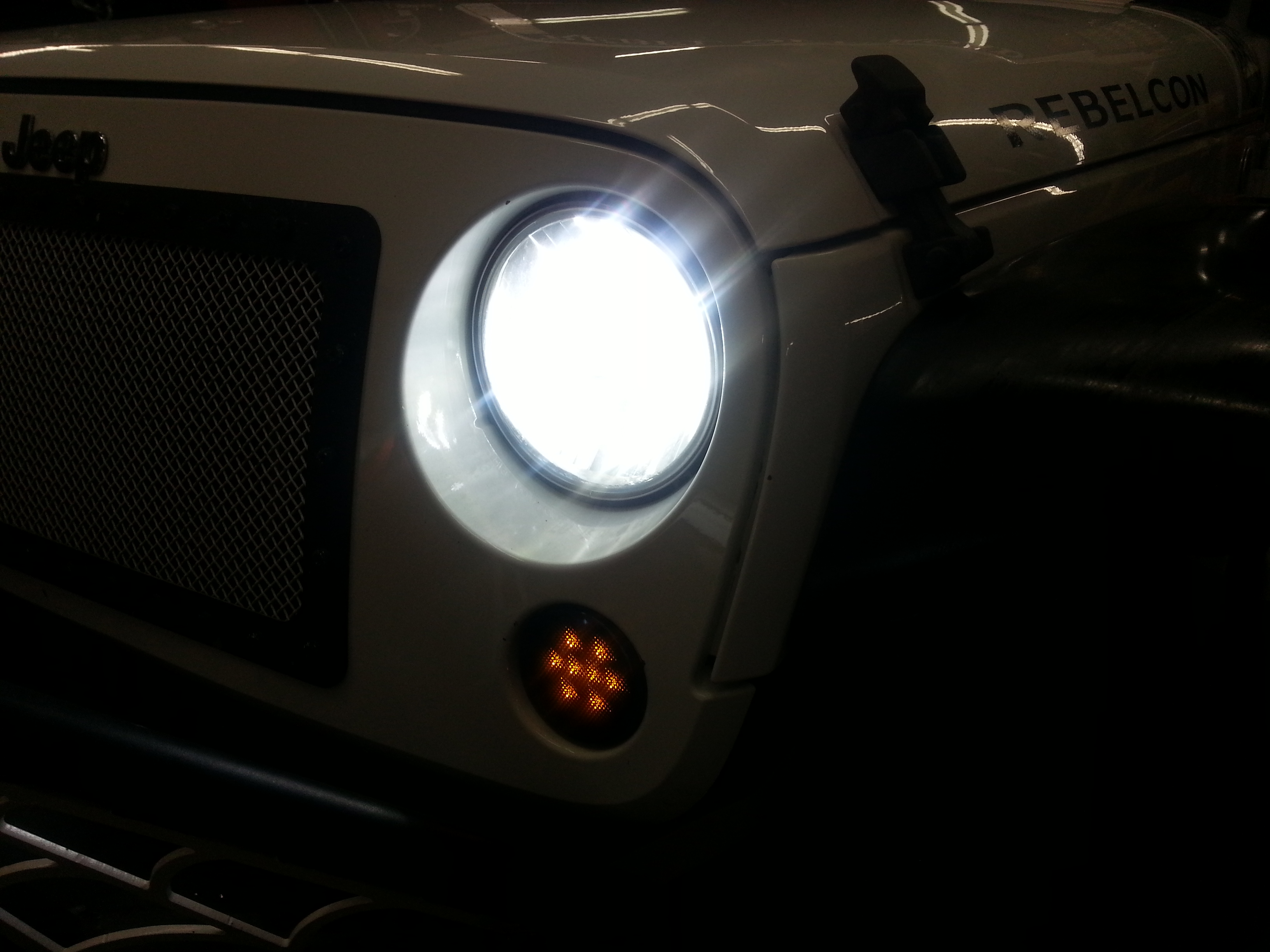What Is Brightness? Part 1: Watts

When you turn on your headlights, your auxiliary lights, or even the lights you use in your house, you hopefully get the illumination you need to see where you’re going. But how do you know the difference in brightness between your spotlight and your reading light? Well, other than looking at it and getting blinded for a moment, the light output can be measured in a unit called a lumen, or lumens, when you’re talking about a measurement over one. But what is a lumen? How do I know that 100-lumens is brighter than 99-lumens? Why is a lumen count even important? And how do I compare it to light that was measured in watts, candela, or candlepower?
Let’s talk about that last question first, as it helps answer the “what is a lumen” question. So, let’s first discuss what we use to measure our houselights and many others: watts.

A watt, named after the James Watt (above) who invented the steam engine, is a measurement of power. A watt is defined as a joule per second. In things like cars or even ourselves, we measure that joule by applying a force of one newton through a distance of a meter. However, in lighting, a watt is calculated in the energy used per unit of time. This includes the light in the Ultra Violet, Visible, and Infra Red light spectrums, and not just visible light. That will matter when we get to lumens.

Now that we know what a watt is, how does that relate to brightness? Well, typically the higher the wattage, the brighter the light source would be. I say “typically” because an HID Spotlight can be pretty bright at 35-watts. So, that number will probably surprise you when you see that the incandescent light in your bathroom could be anywhere around 60-75-watts.

What’s going on here? Well, there is an additional element to brightness, and it is the material the bulb uses to create that light. While, generally, the higher the wattage the brighter the bulb, the way a bulb creates the light also has an influence on the brightness of a light. HID, or High-Intensity Discharge, lights create more visible light per unit of electrical power consumed than fluorescent and incandescent lamps. This is because a greater portion of their radiation is visible light instead of infrared.

The way an HID light produces light is by creating an arc inside the tube between two tungsten electrodes. From there, it heats up and begins to melt the gas or metal salts, usually xenon, inside the tube. It then forms a plasma that makes the arc brighter and actually reduces the power consumed to create the light. That’s why a 35-watt HID light produces a brighter light than a 75-watt bathroom light. It also explains why wattage has dropped out of favor for describing a light’s brightness.
